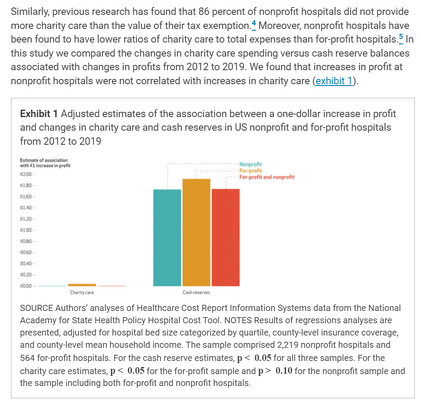I'll never complain about my E&O costs again...Don't forget the legal issues and costs.
The long time doctor in the picture who has finally decided to retire because of malpractice insurance cost of almost $100,000.00 per year.
...thats not true, I still will.

